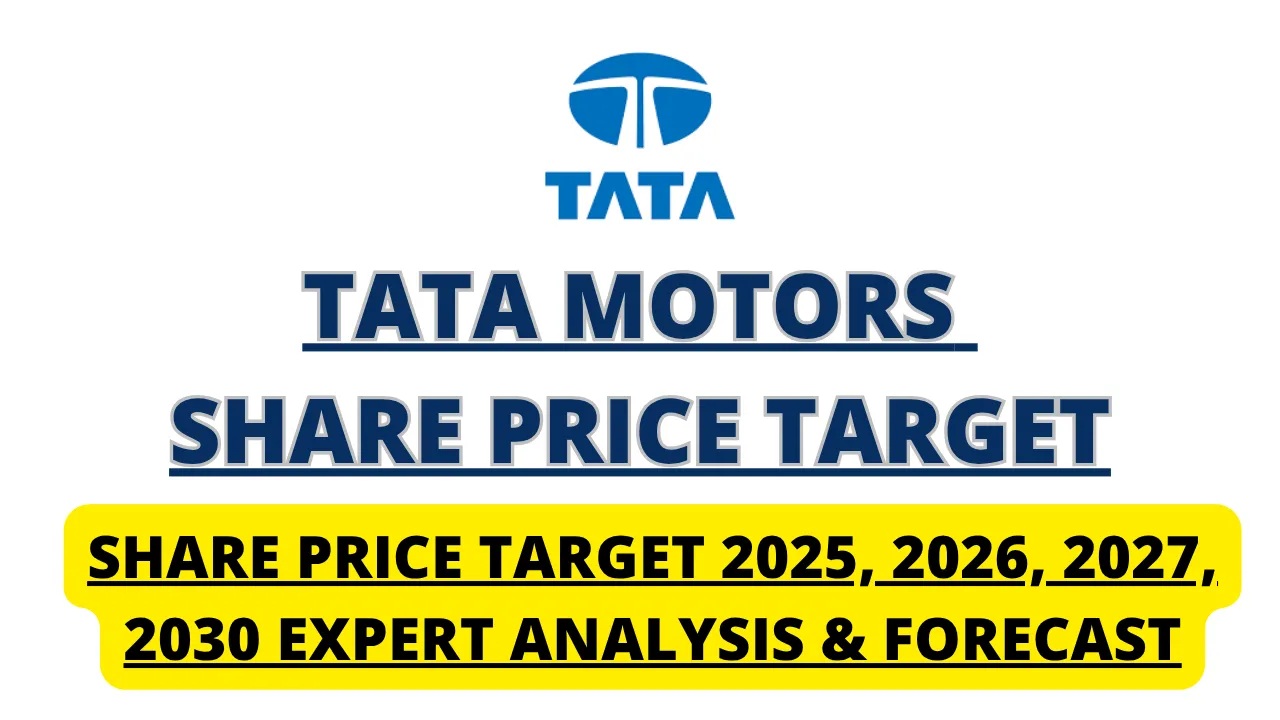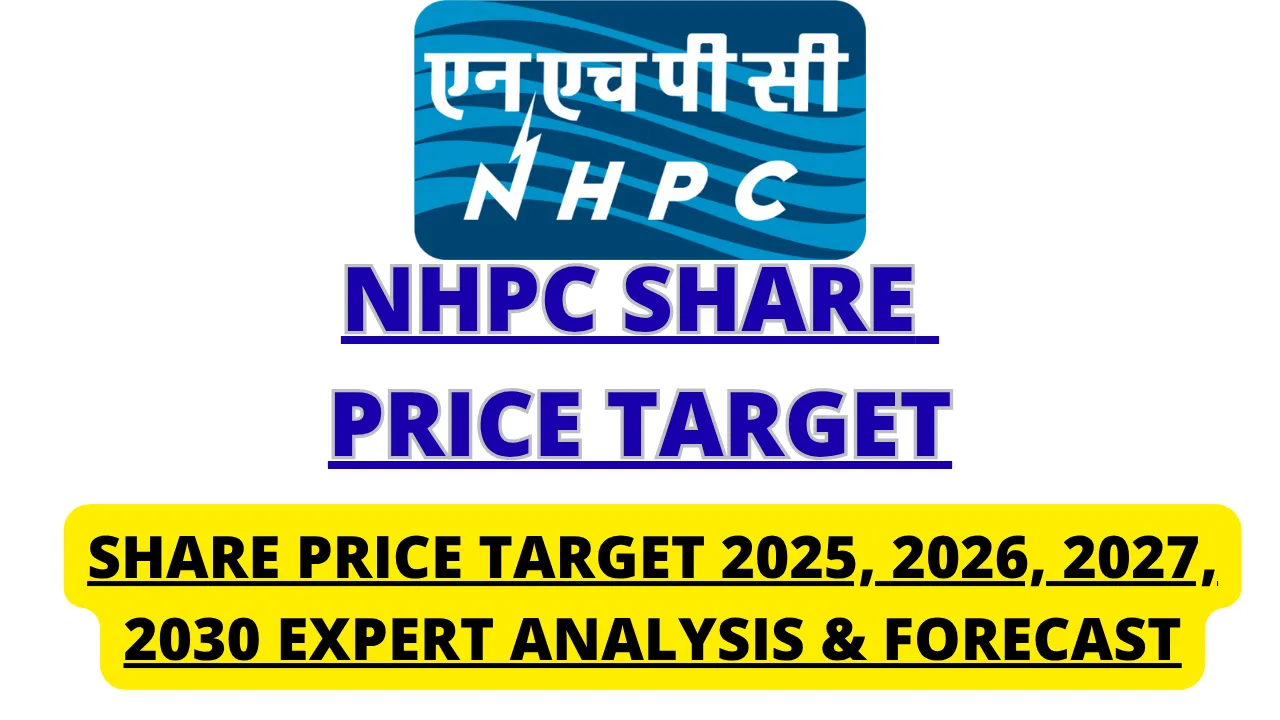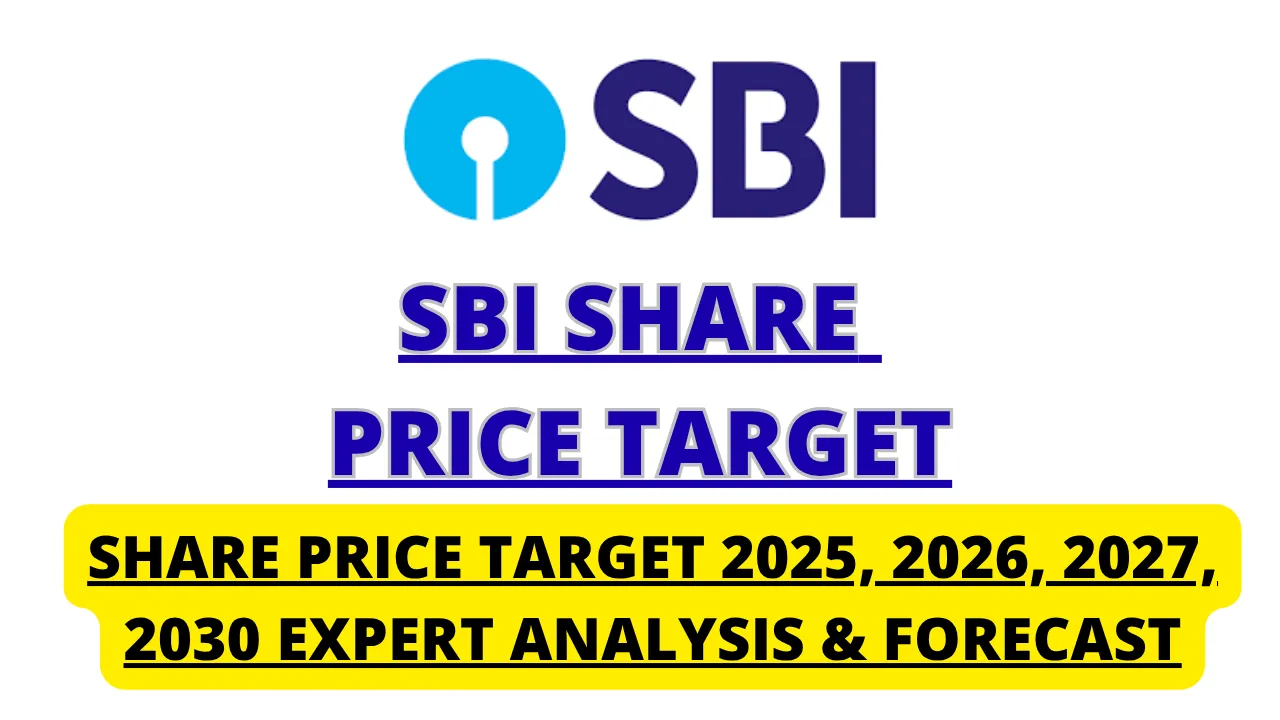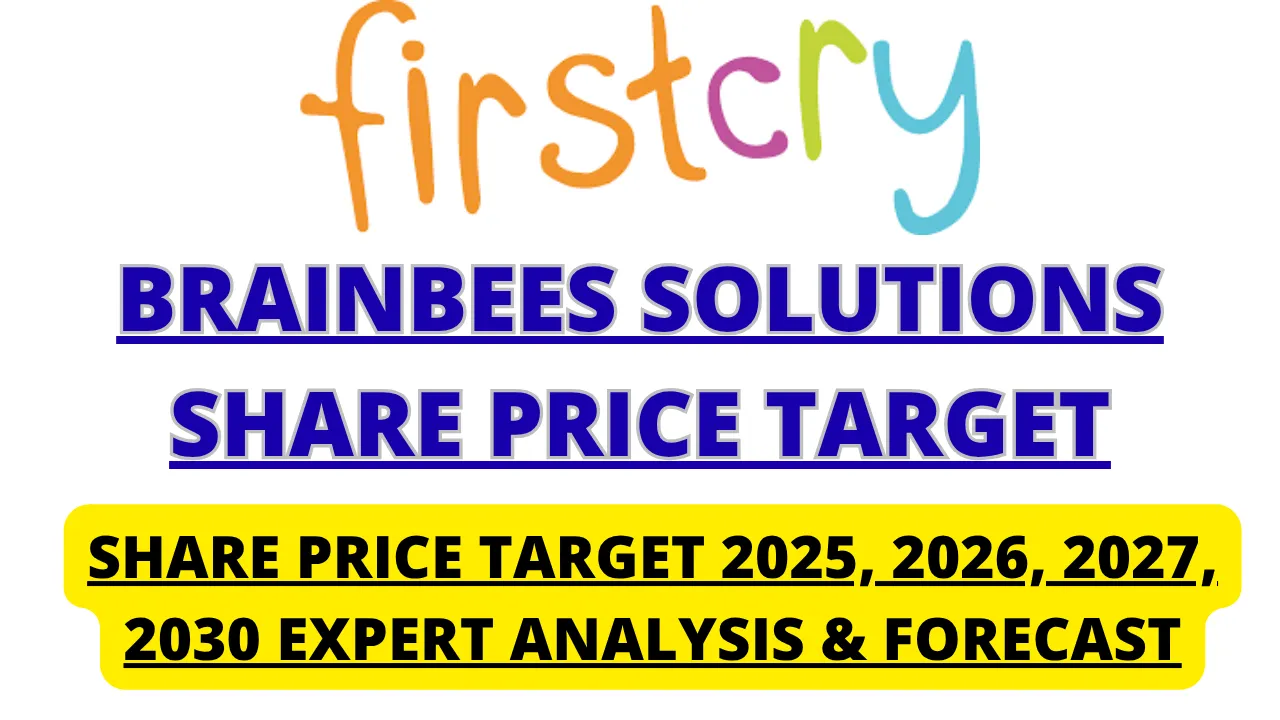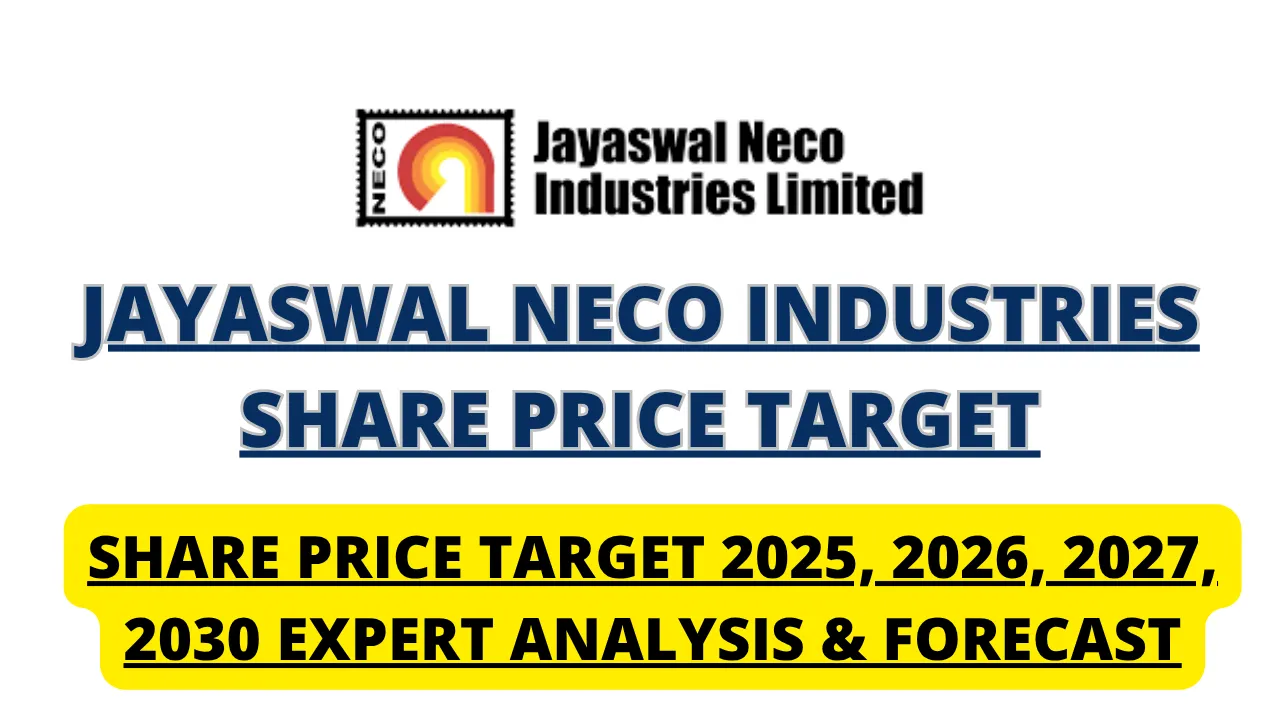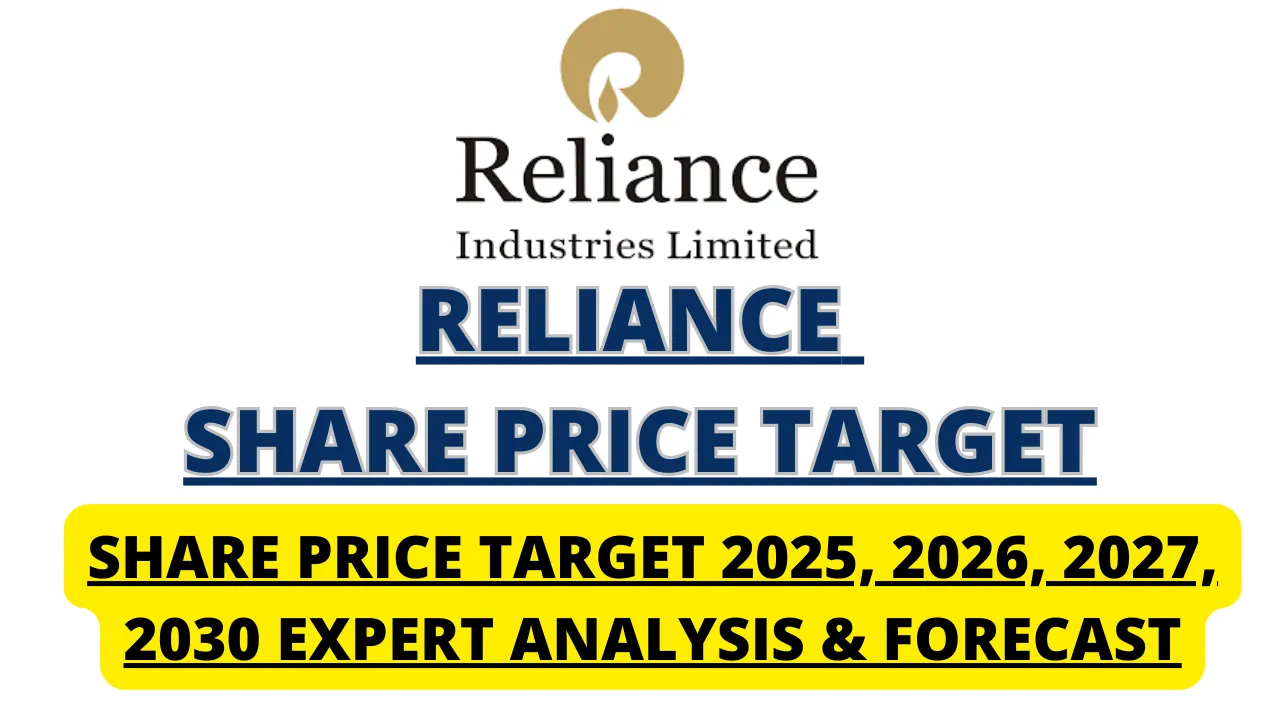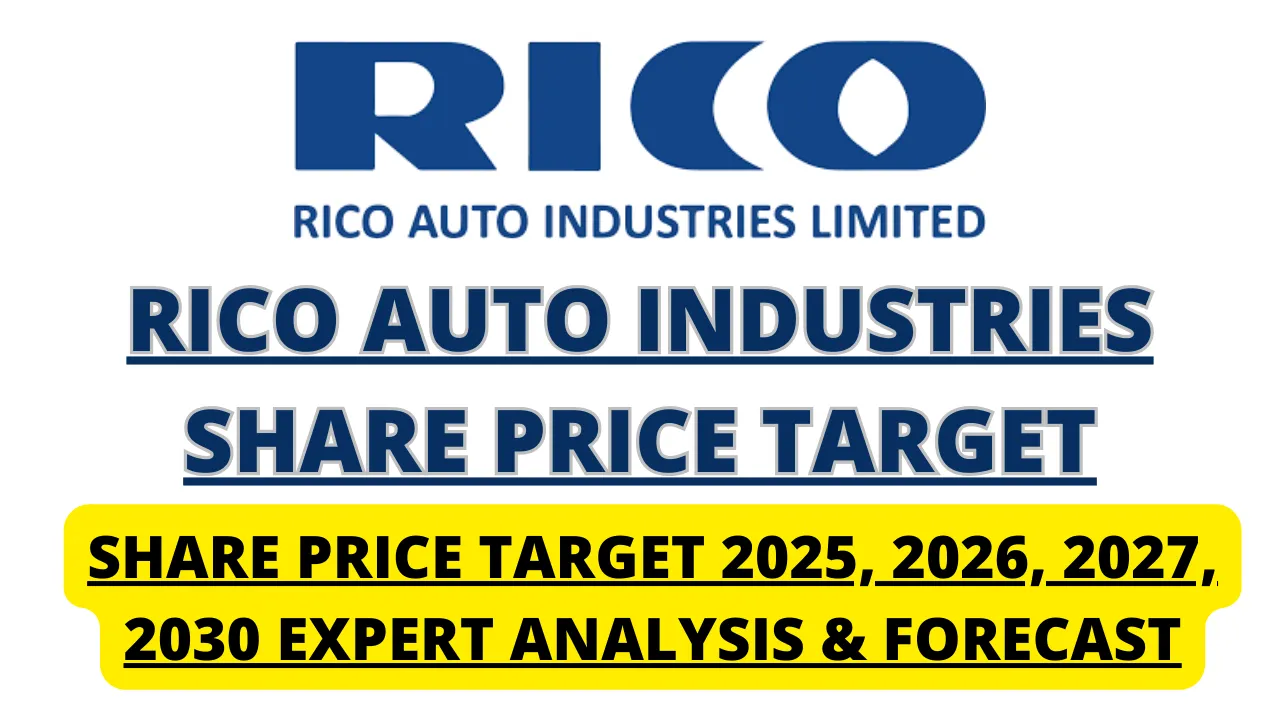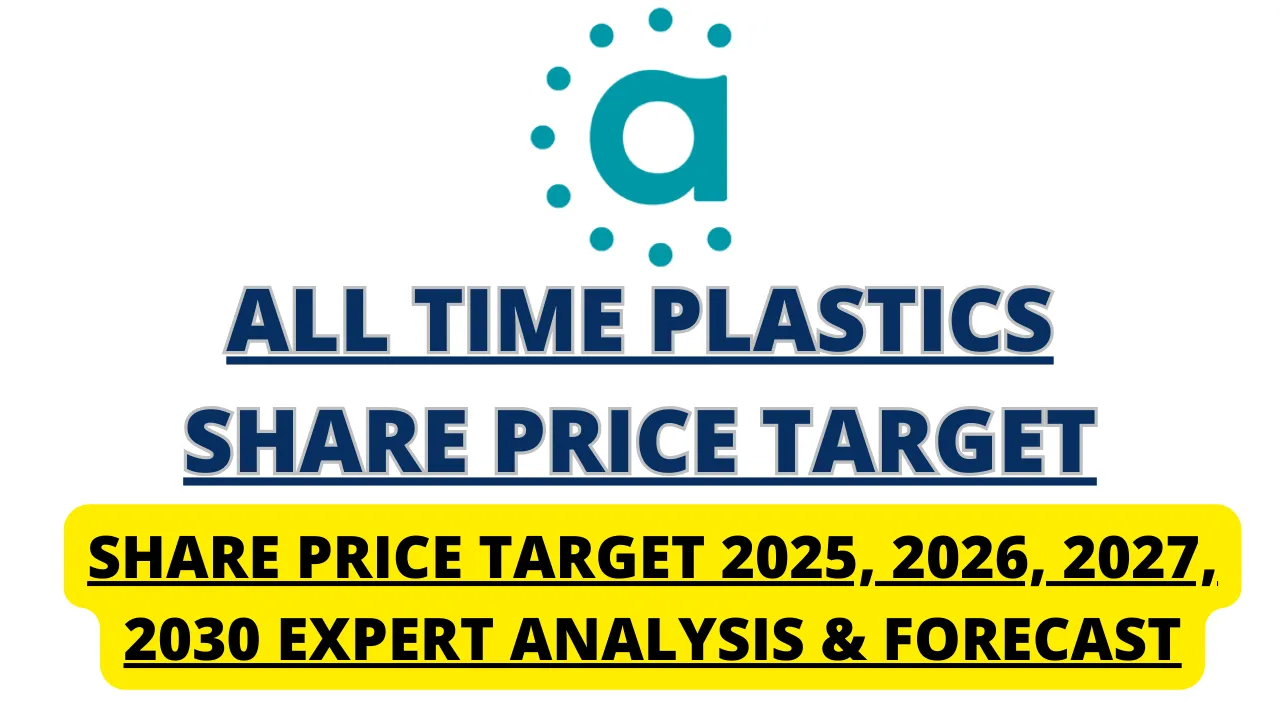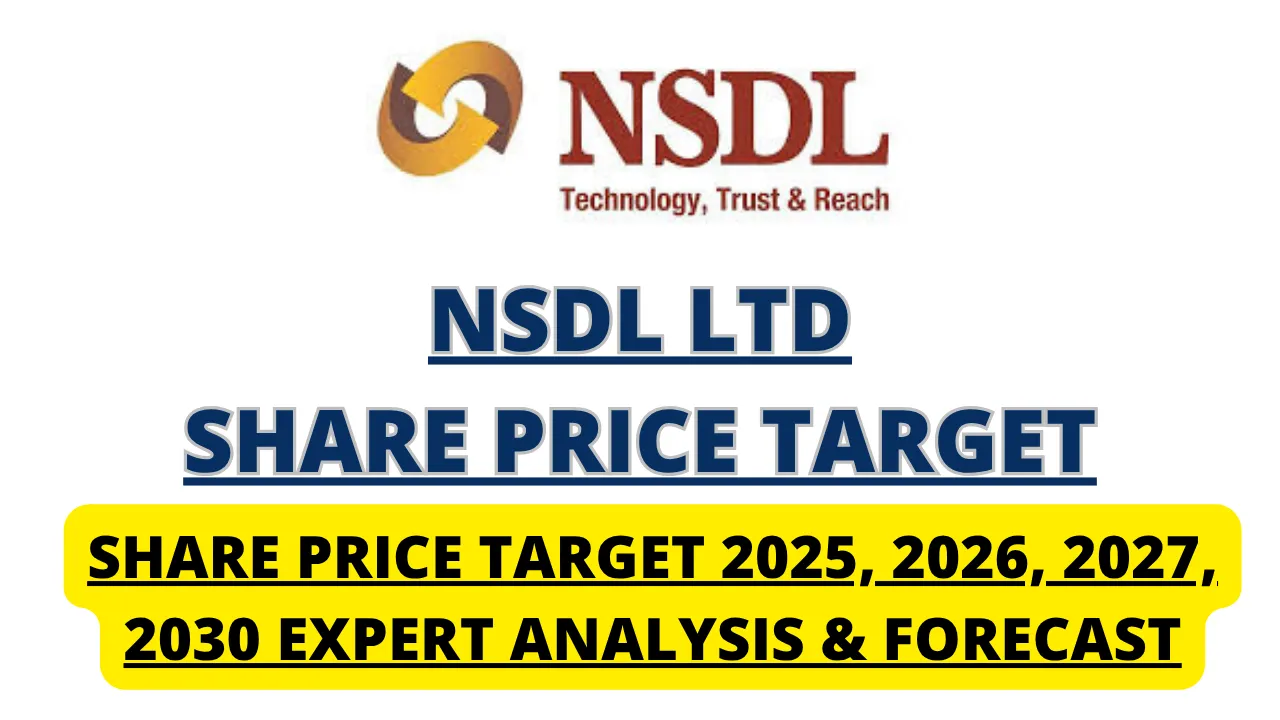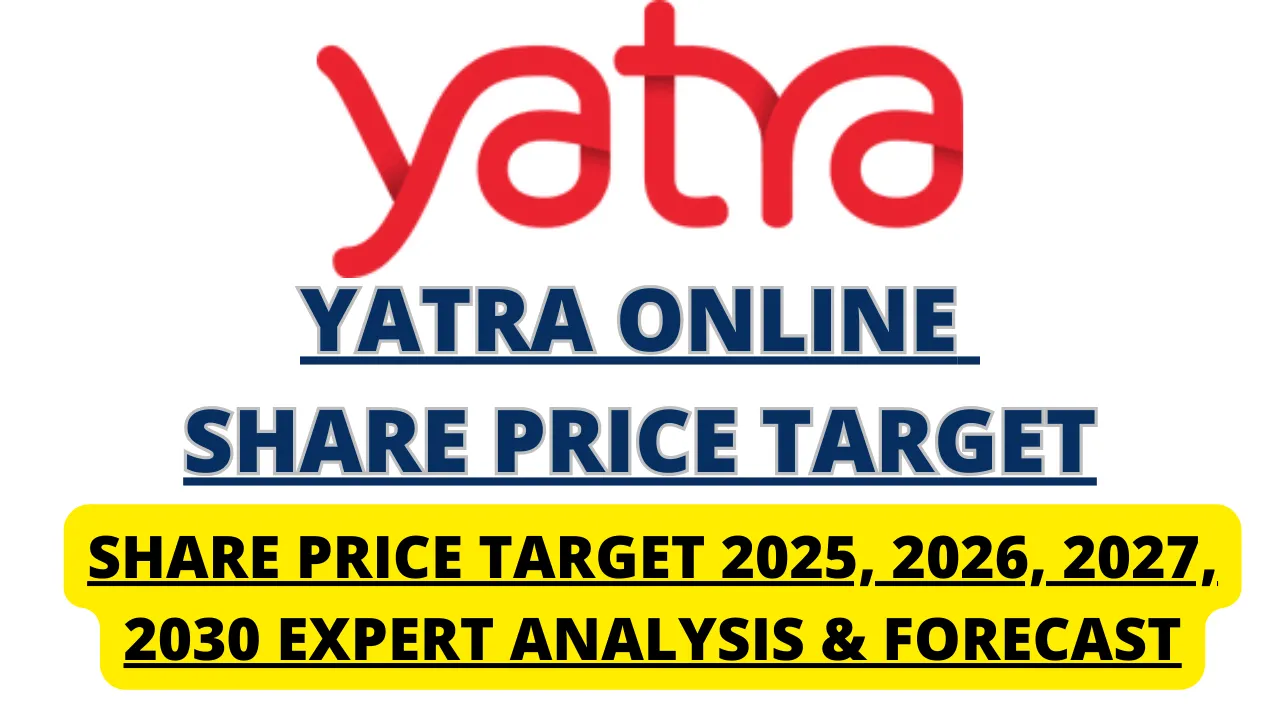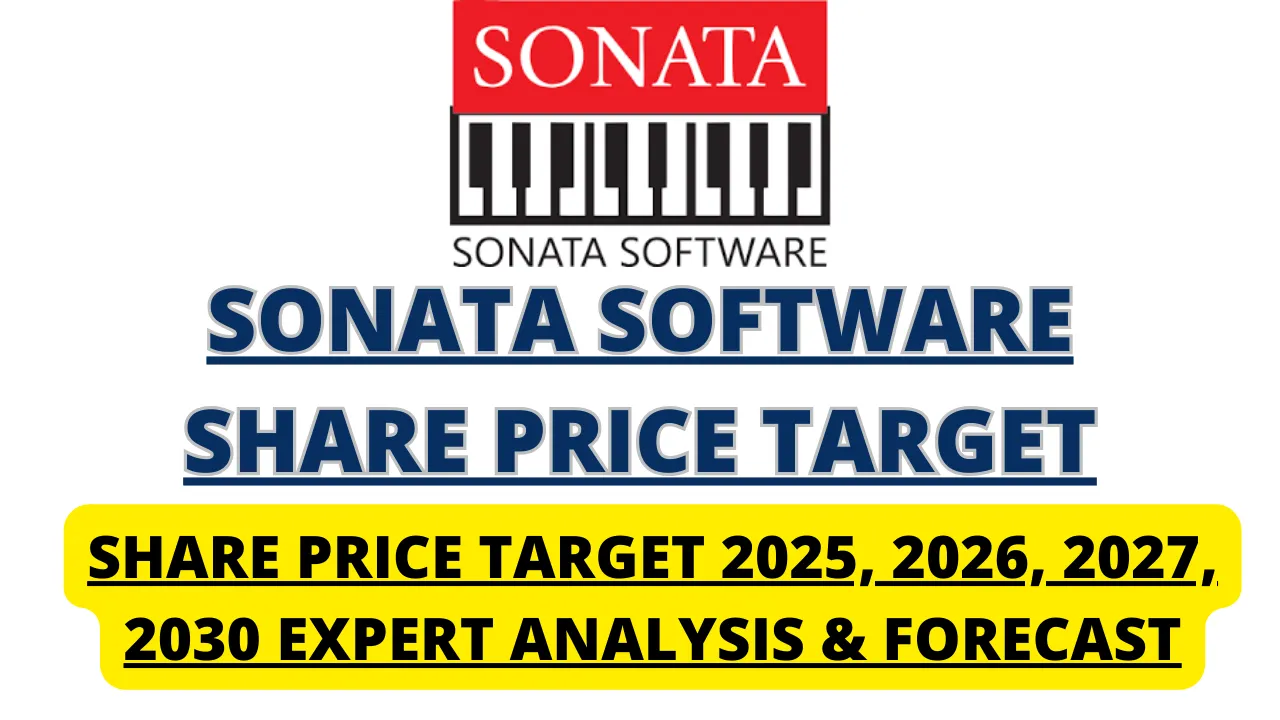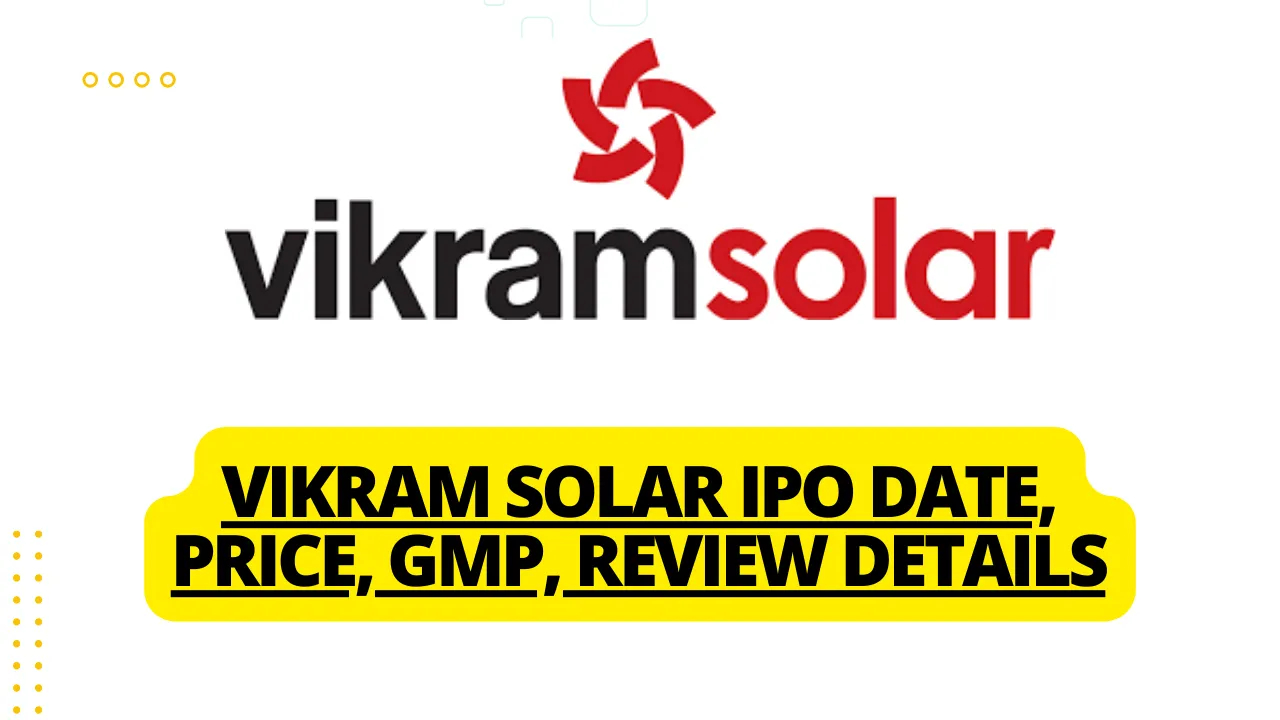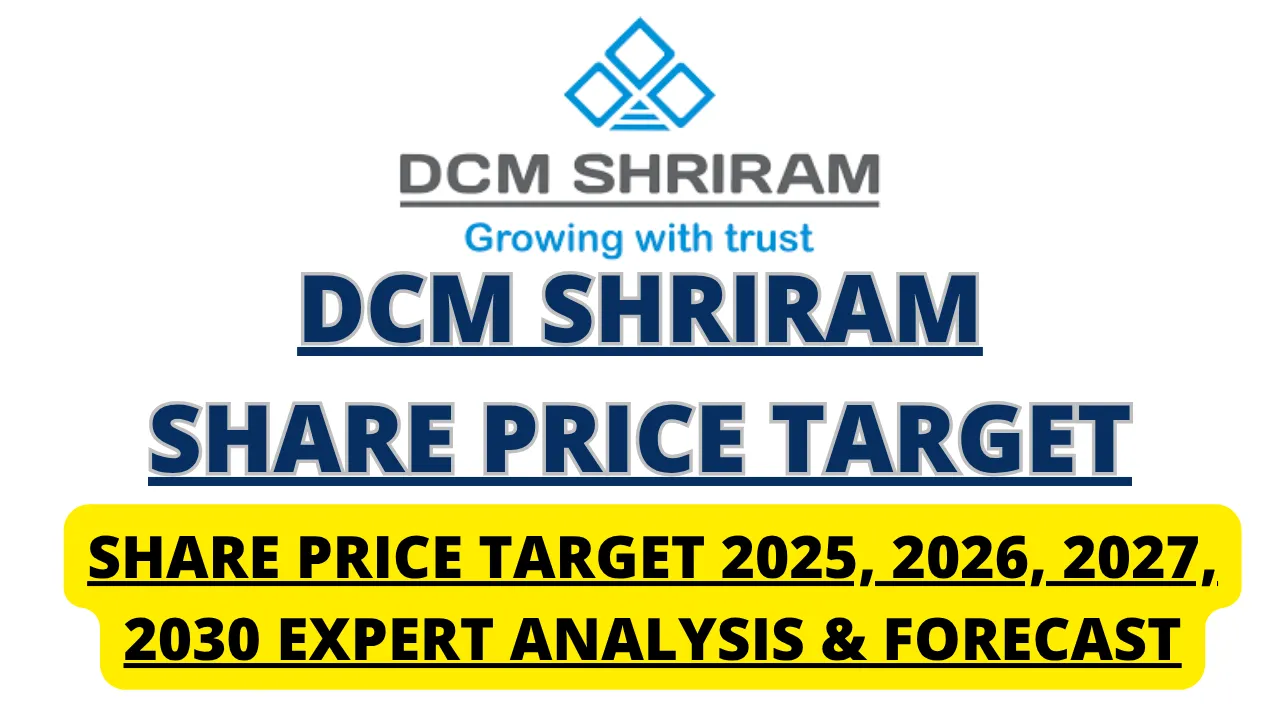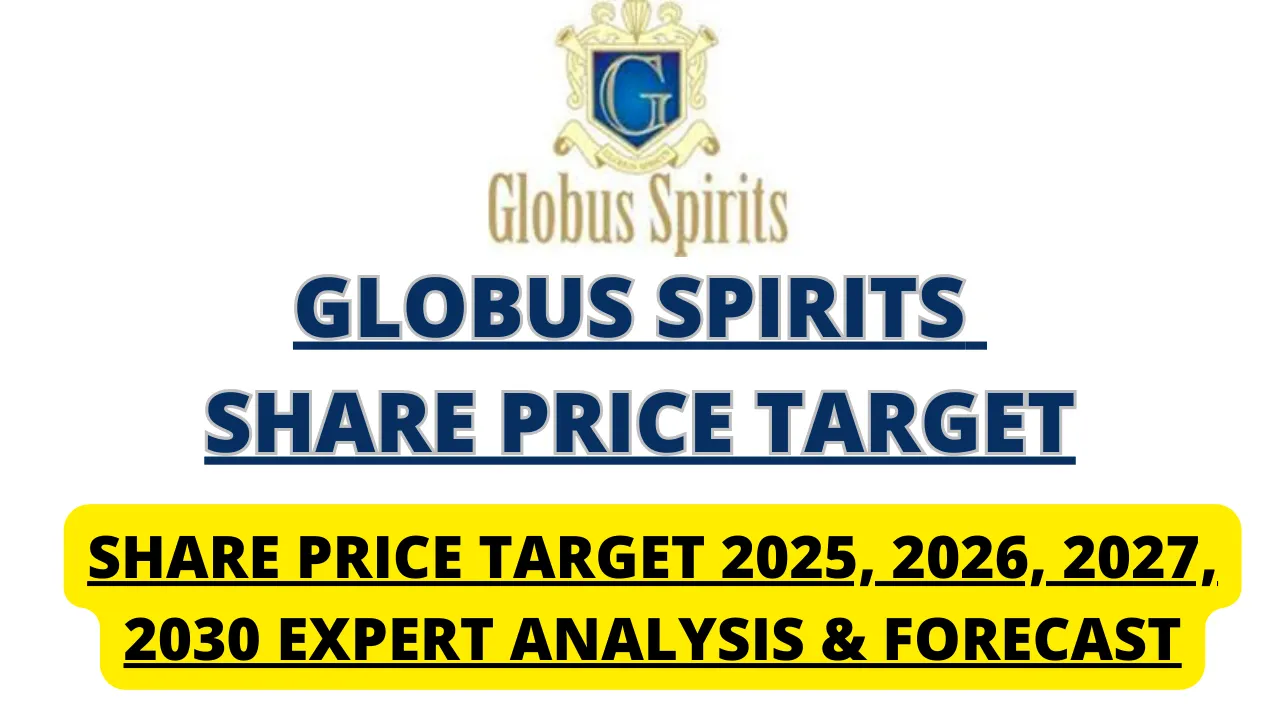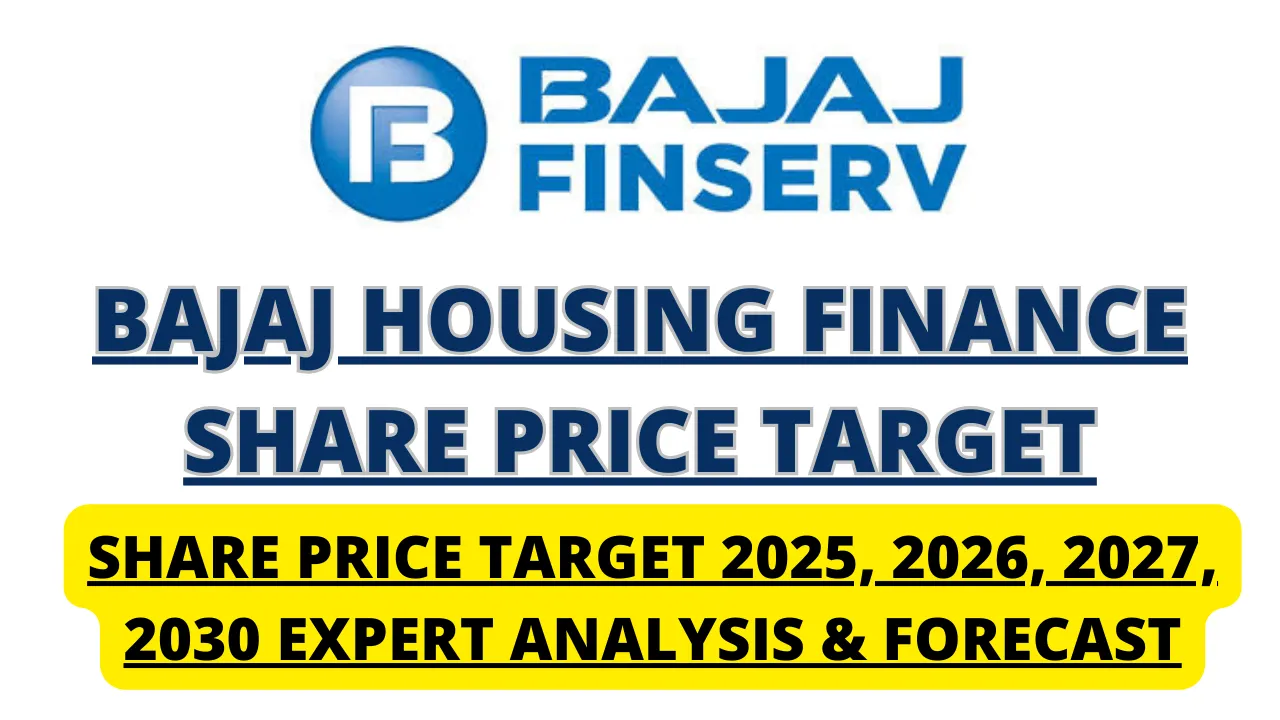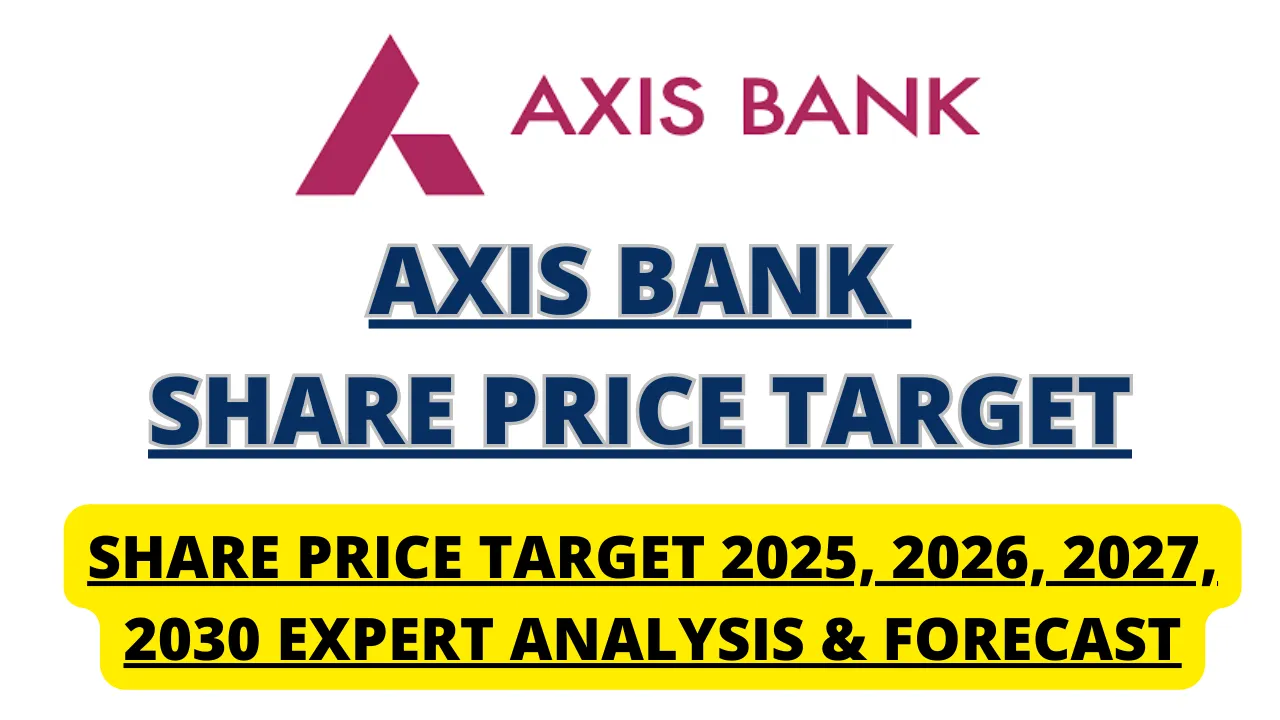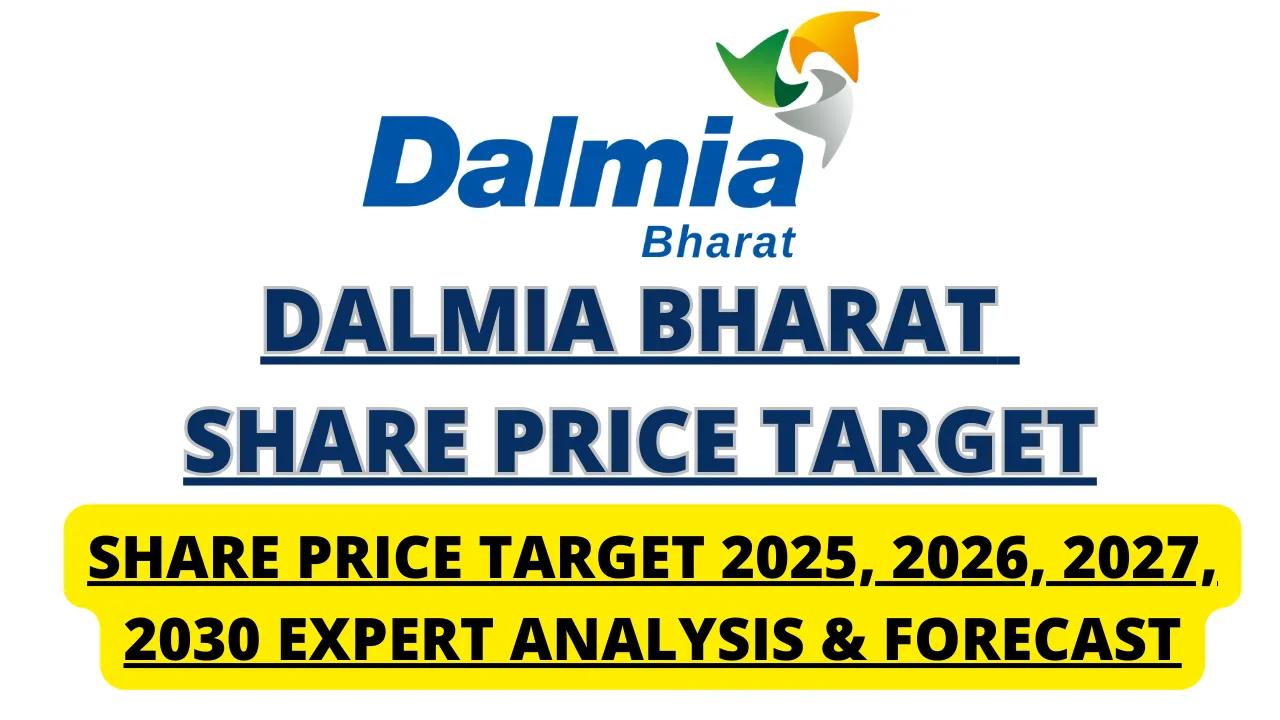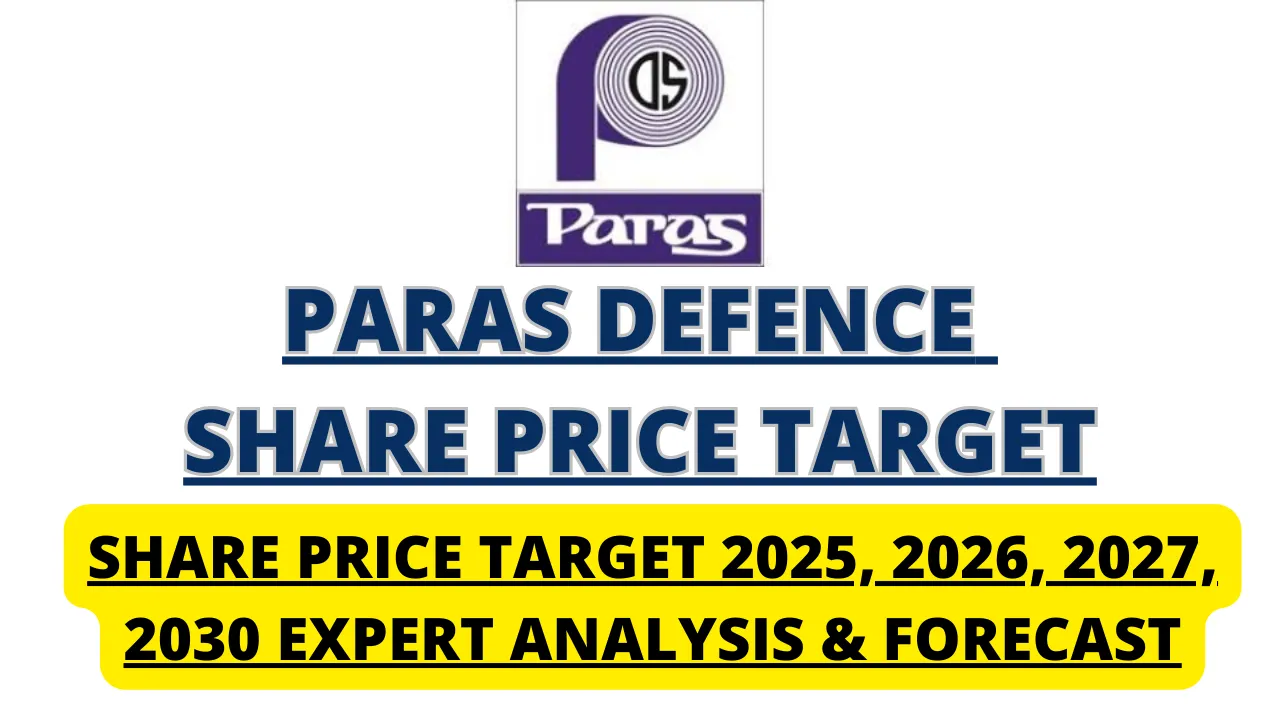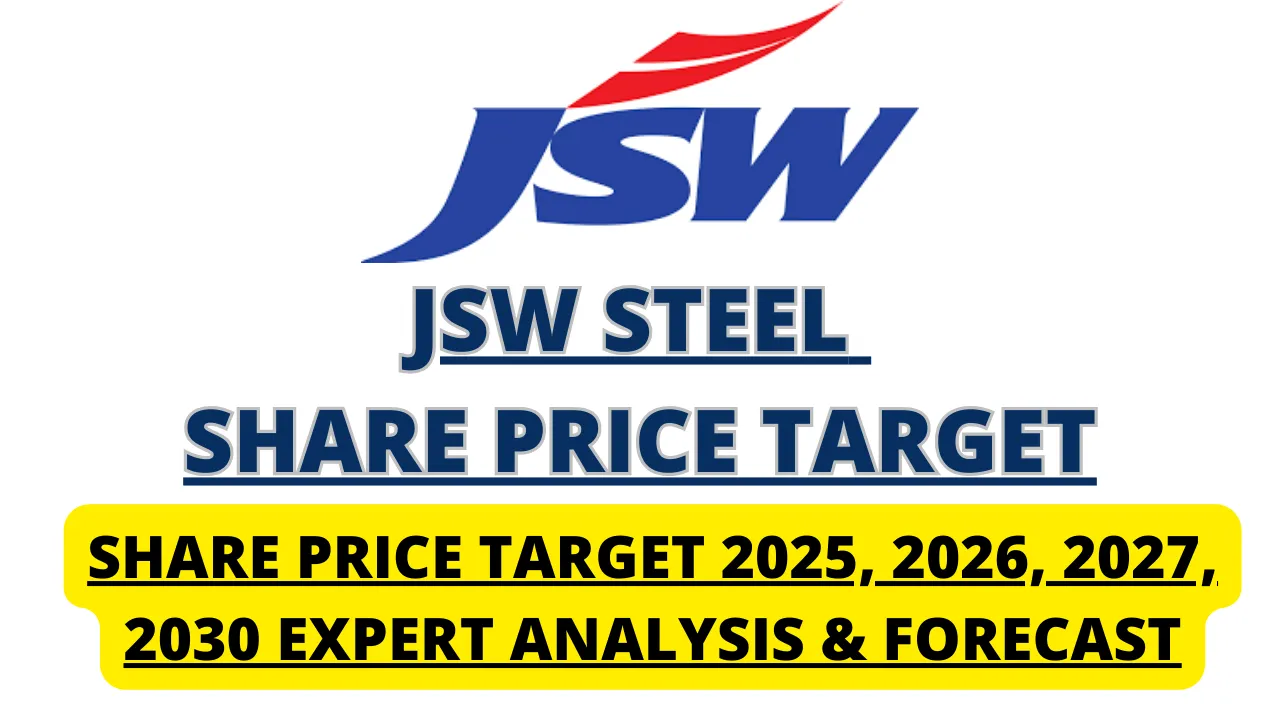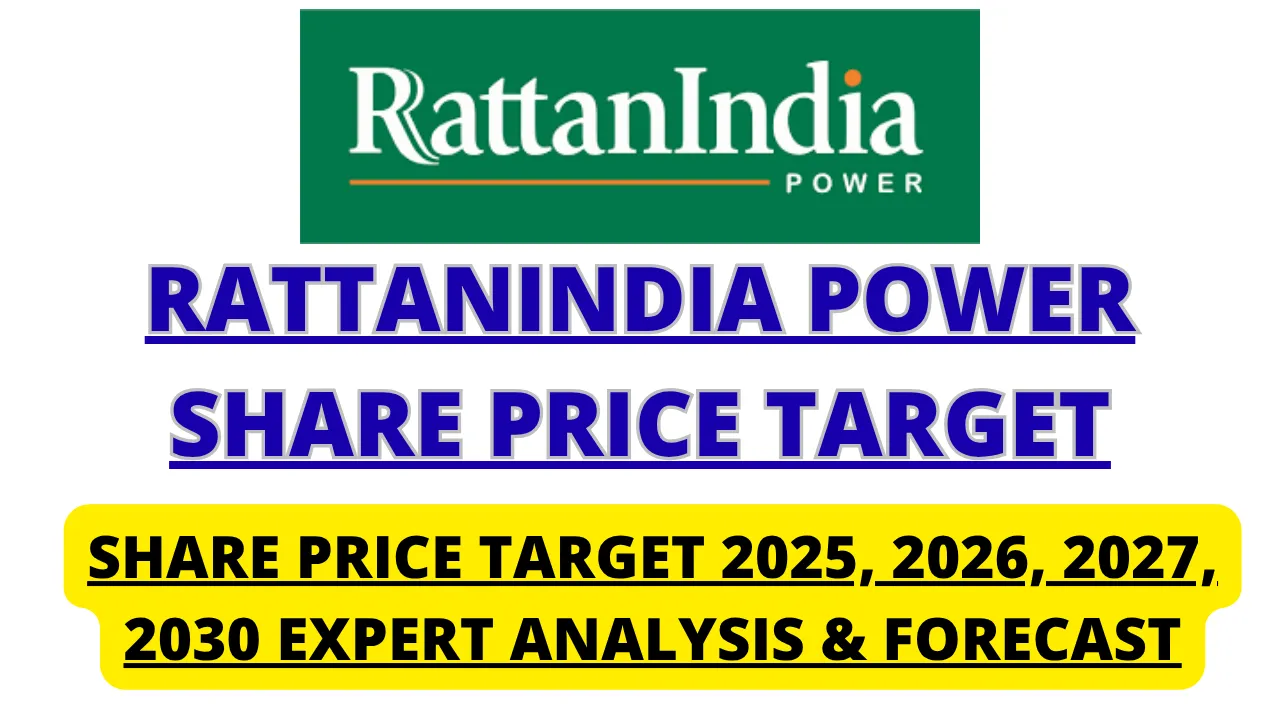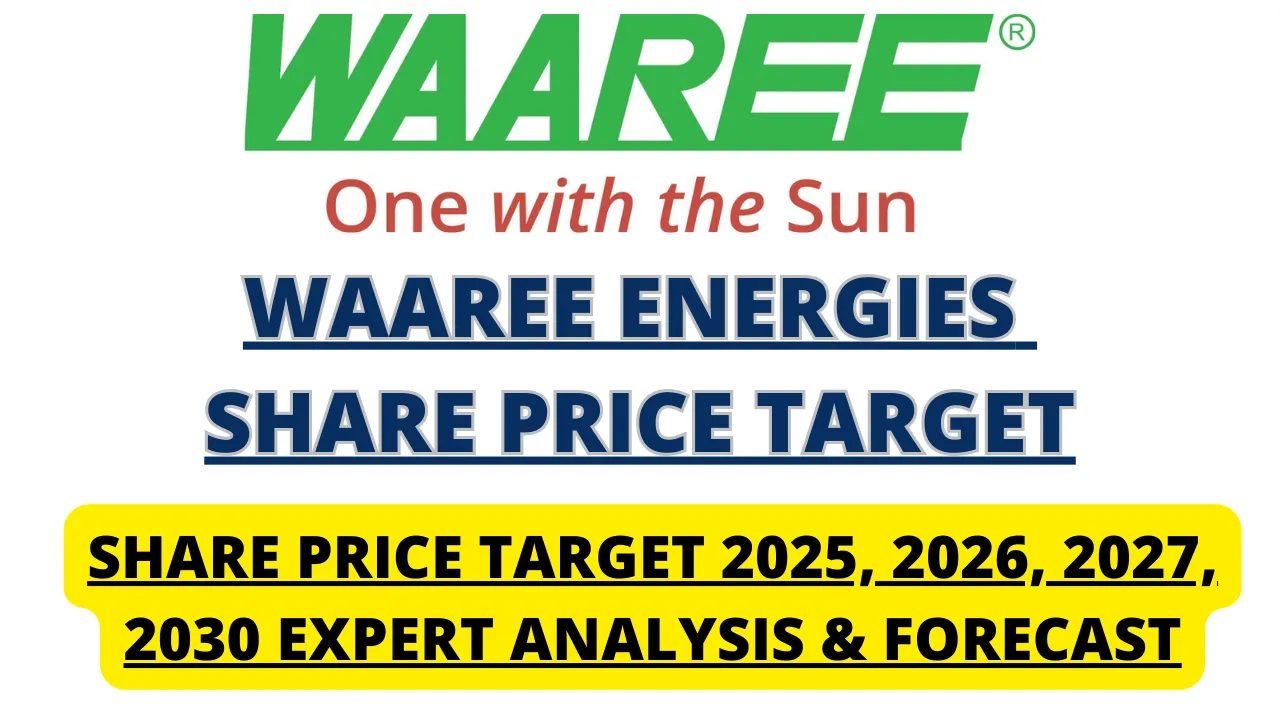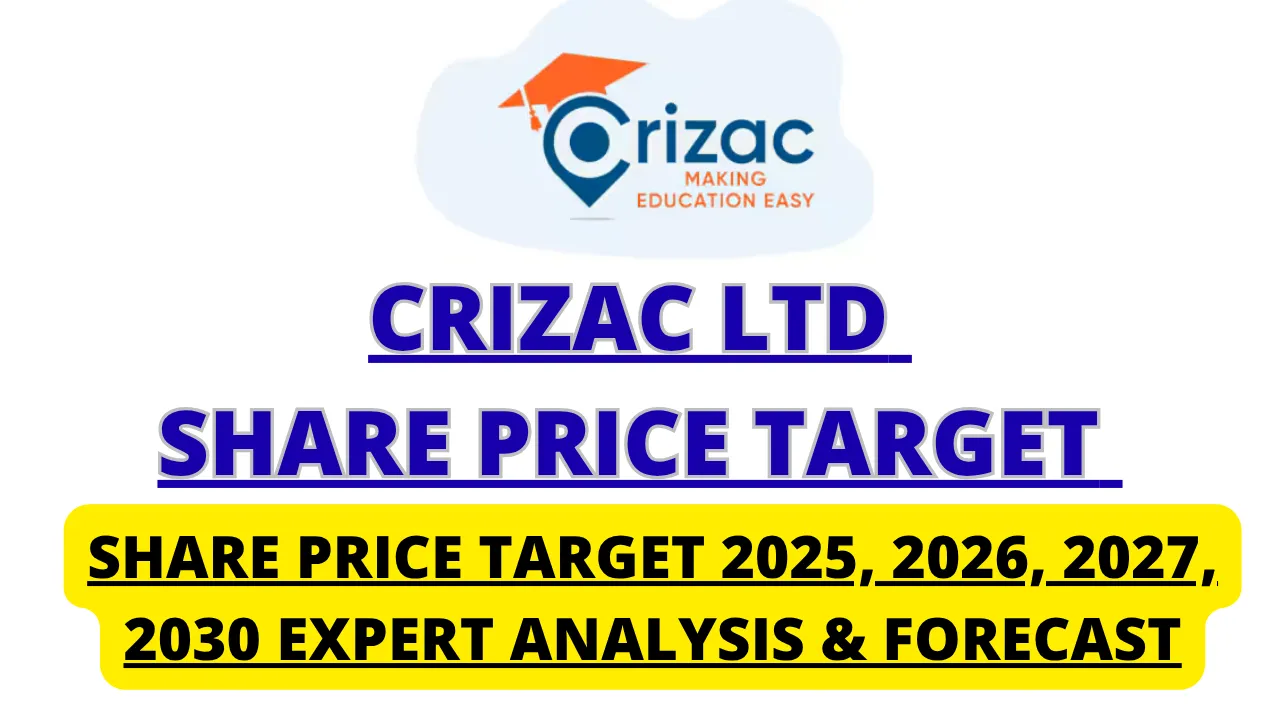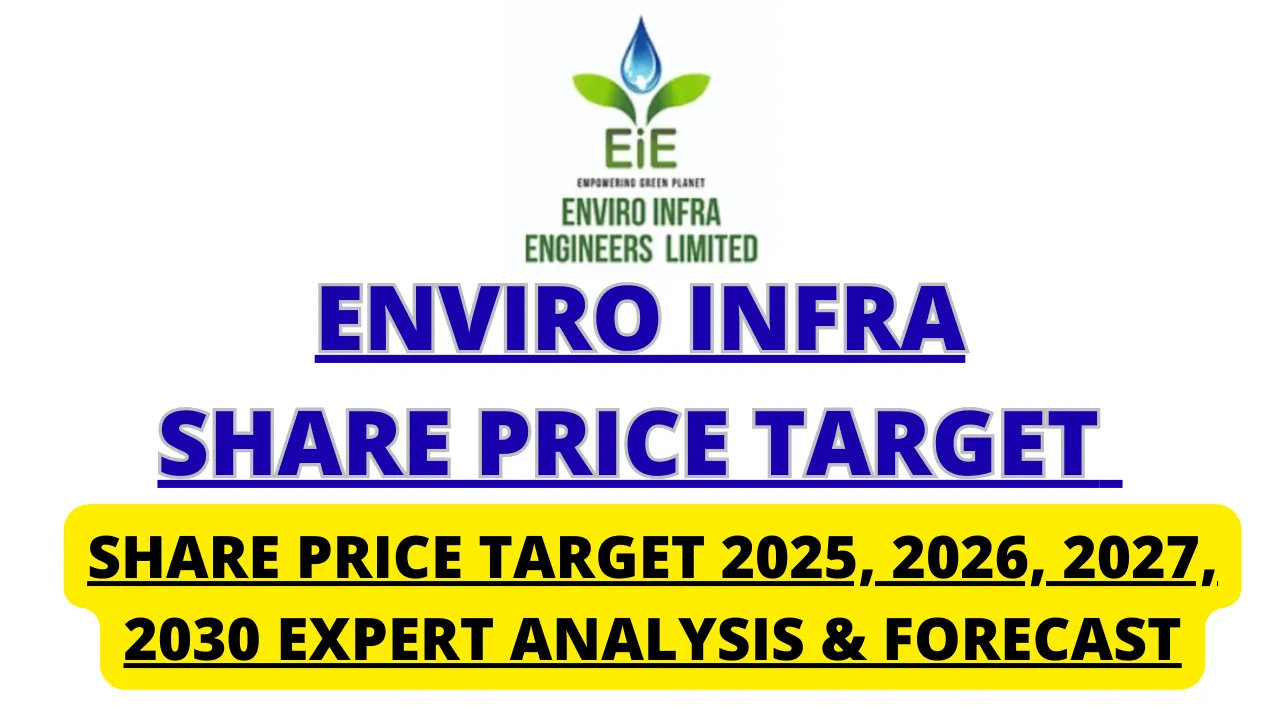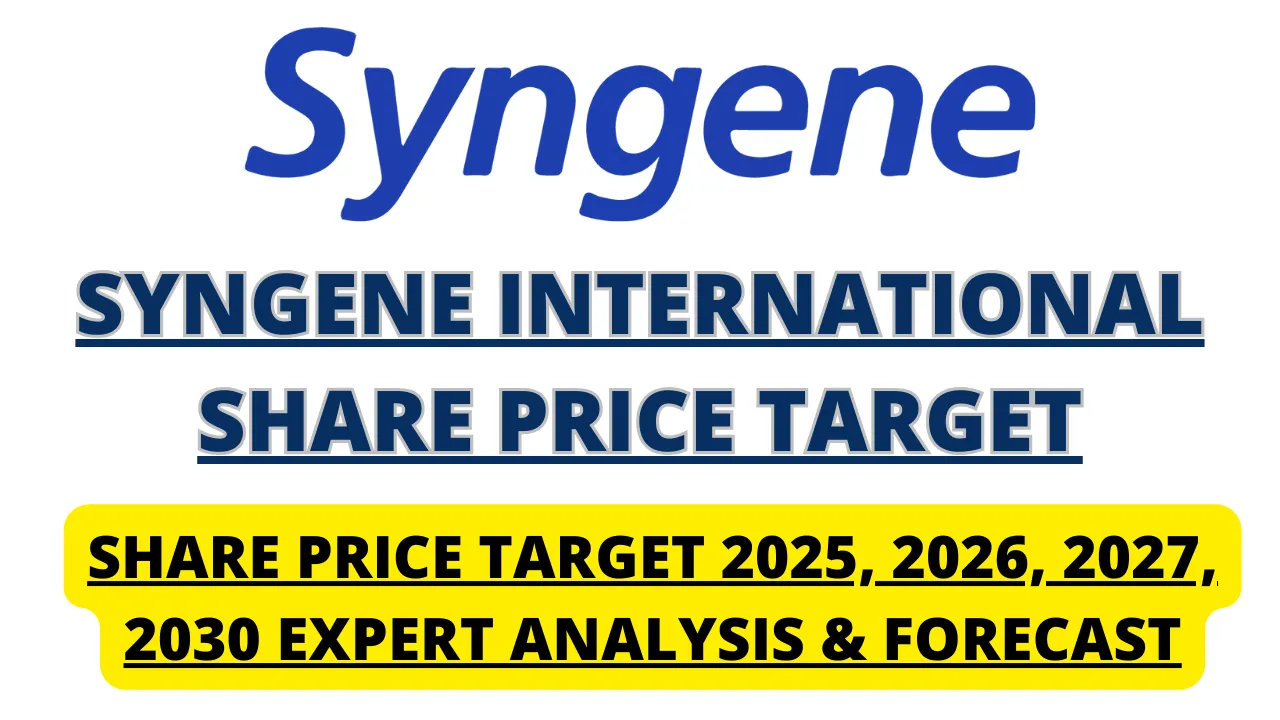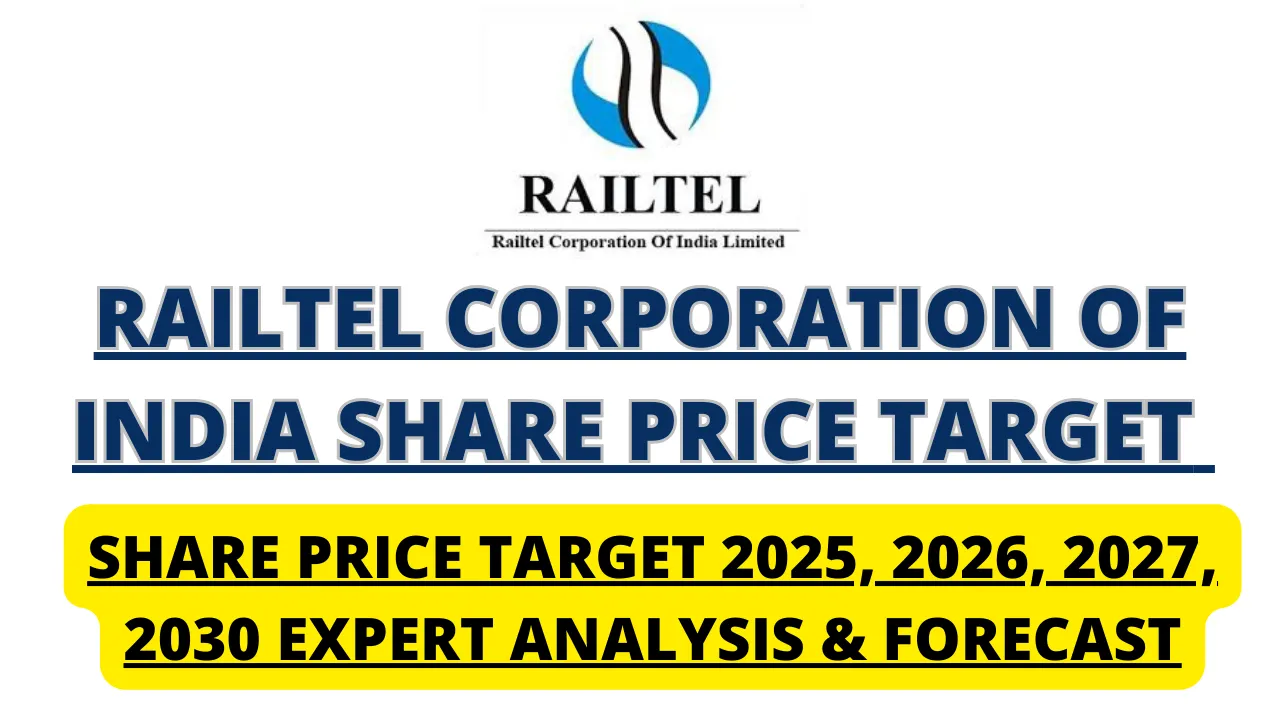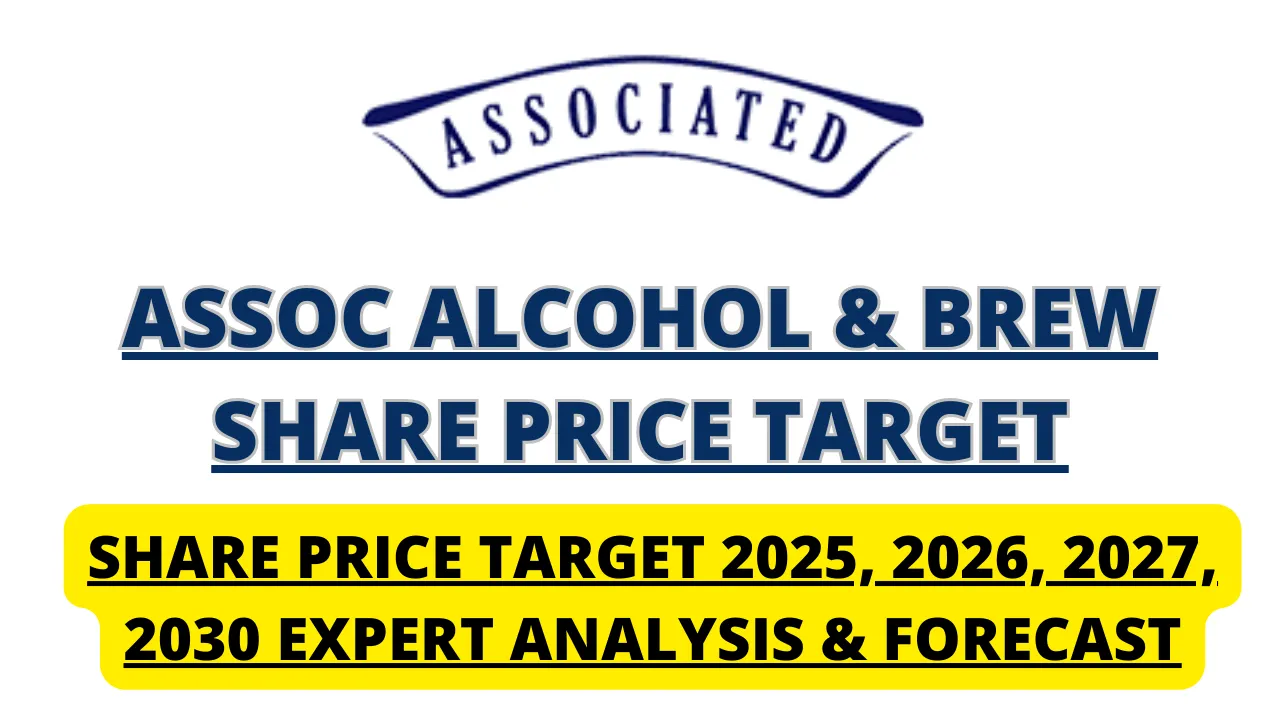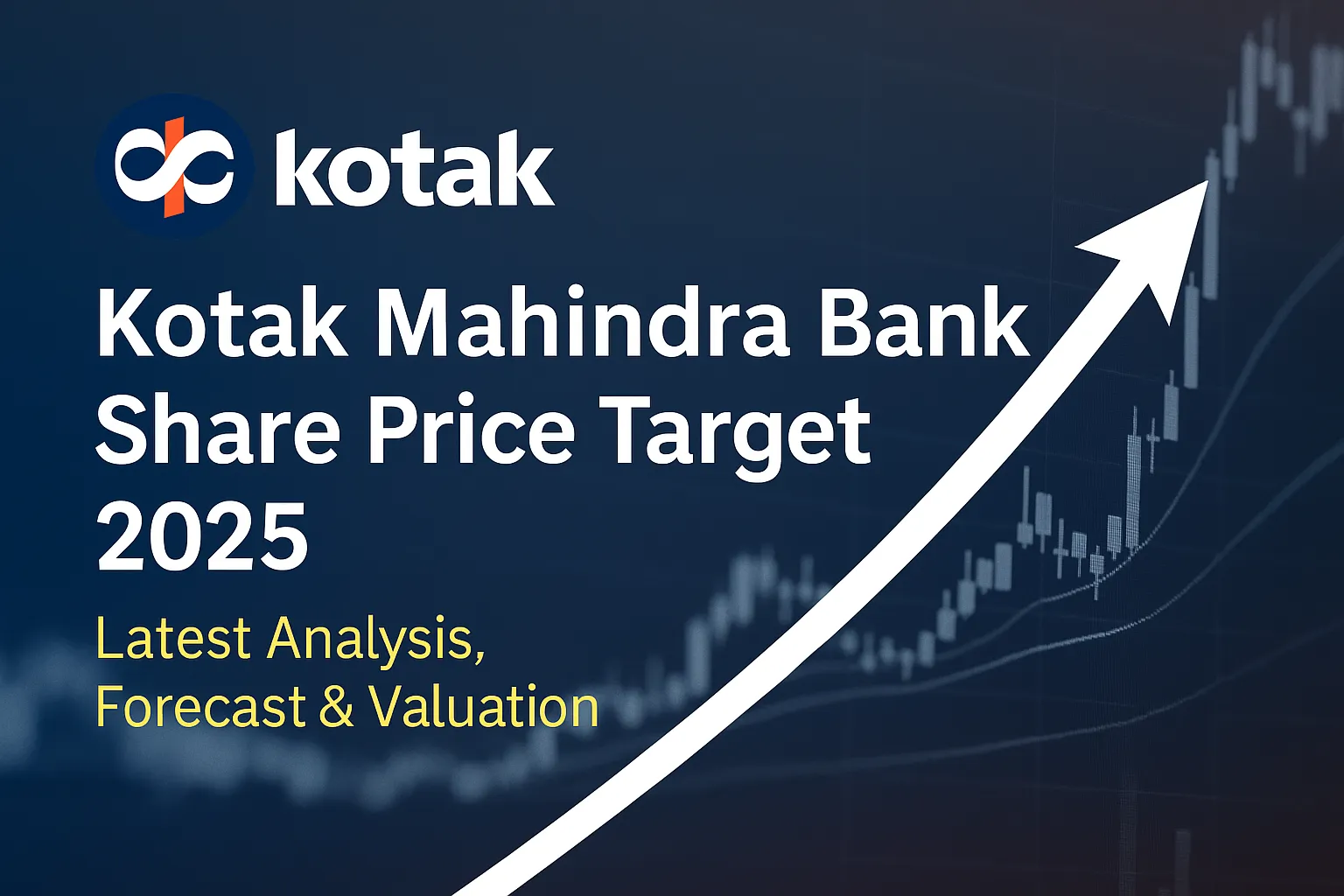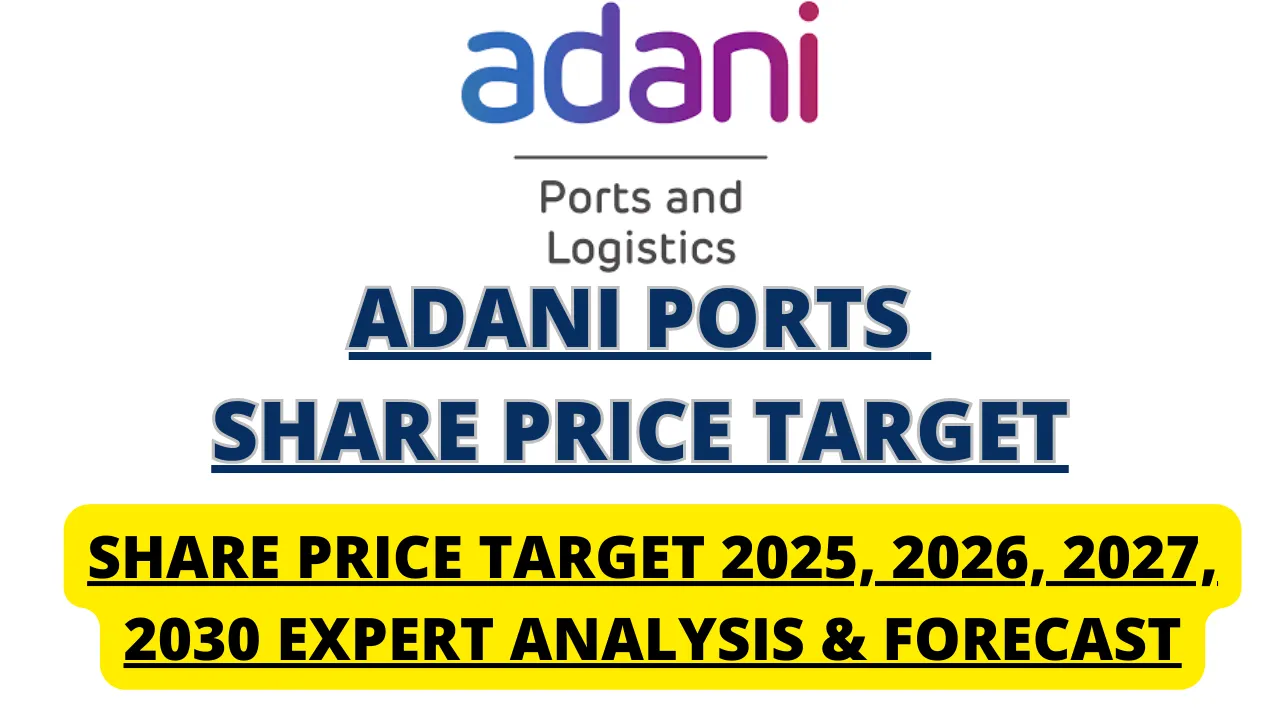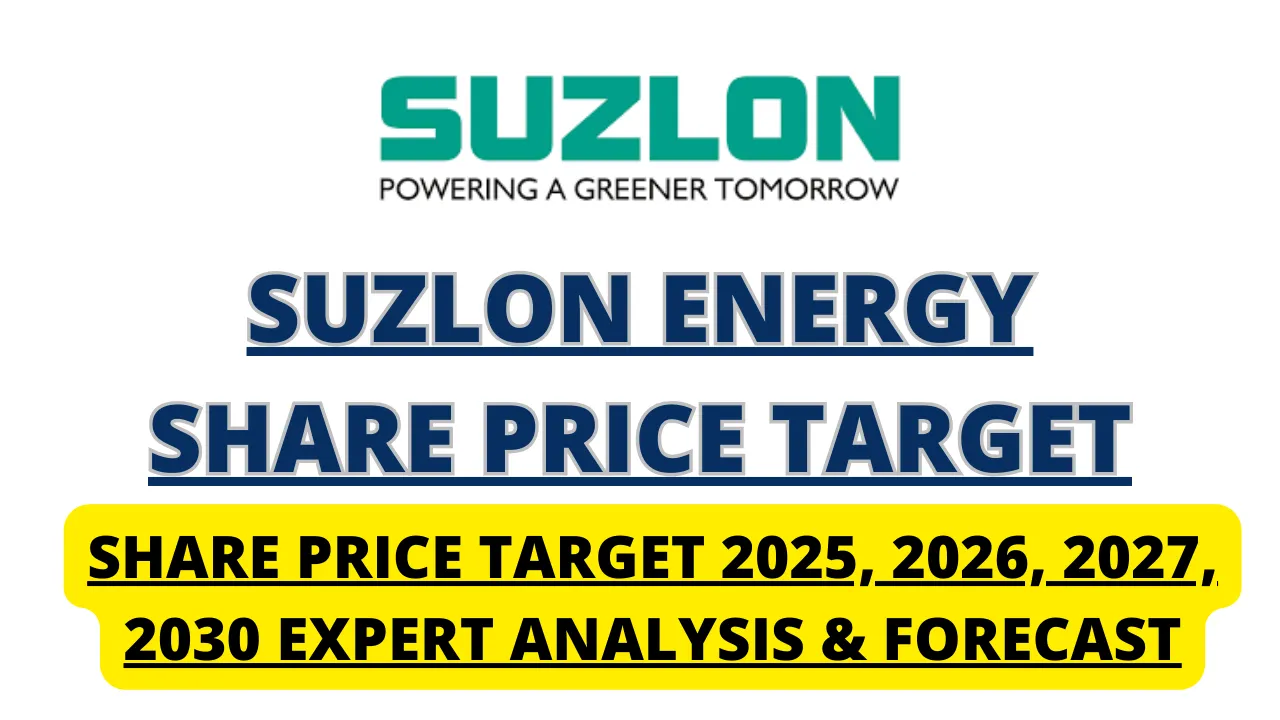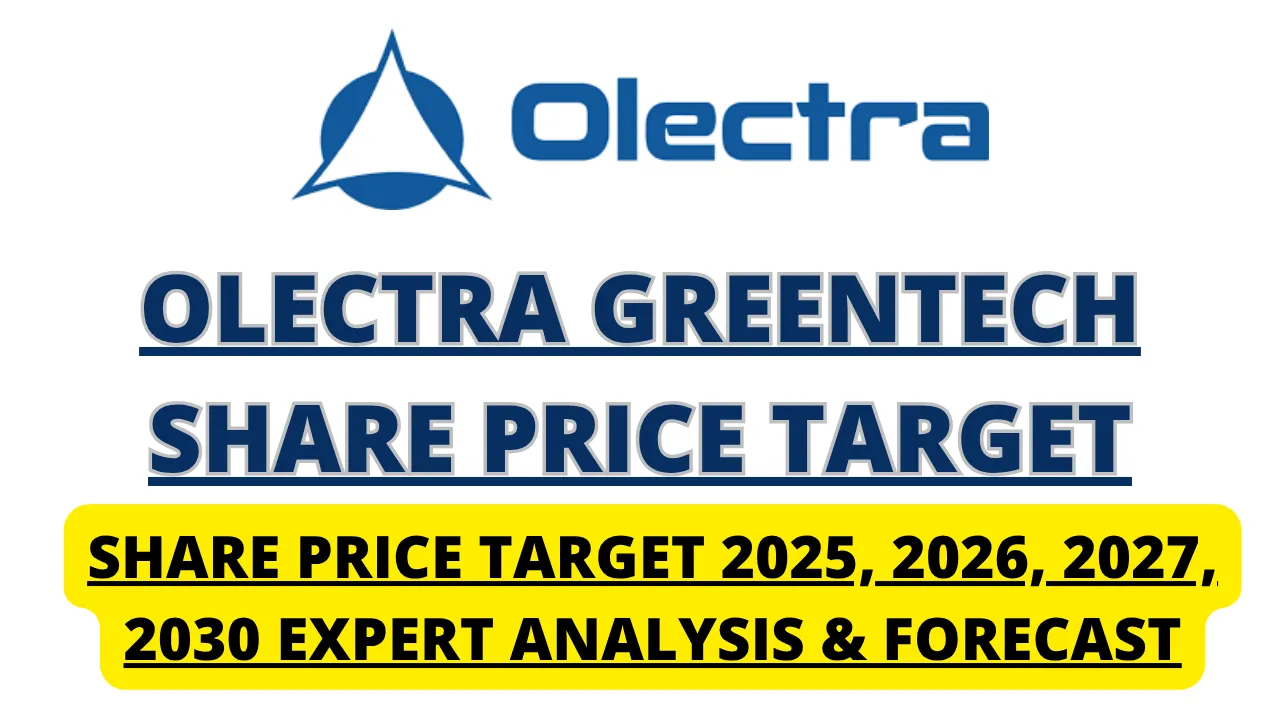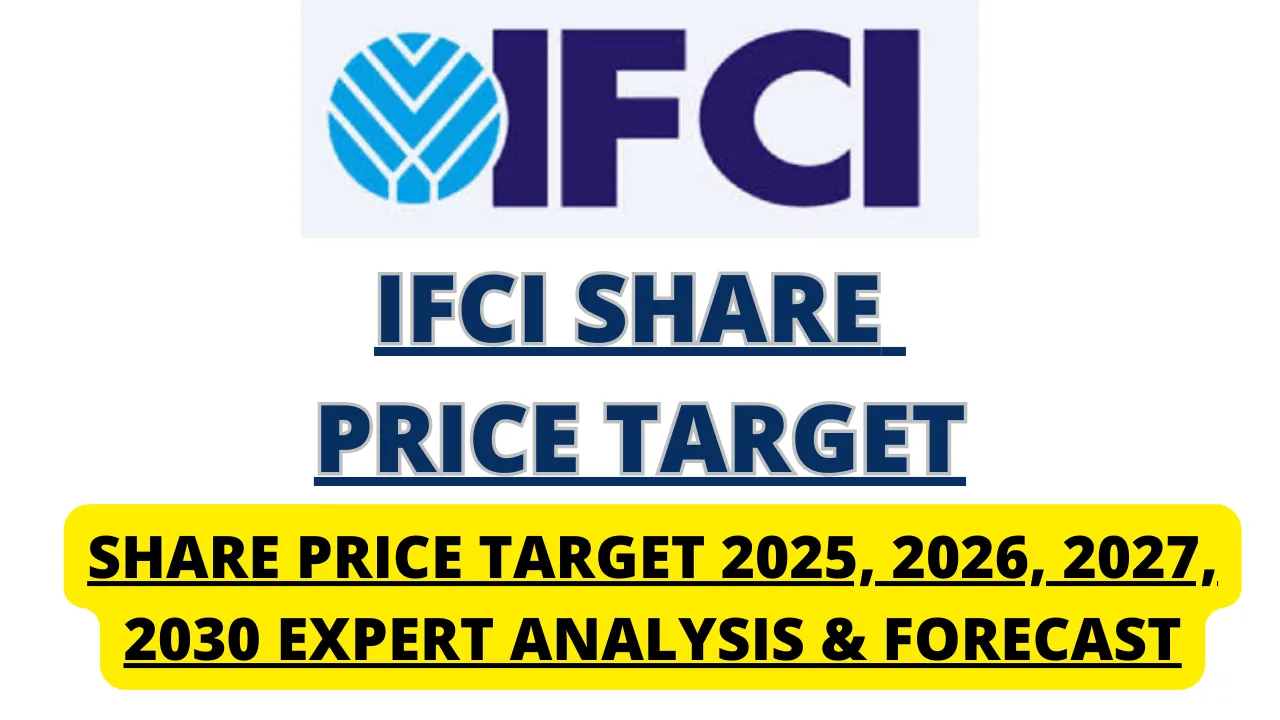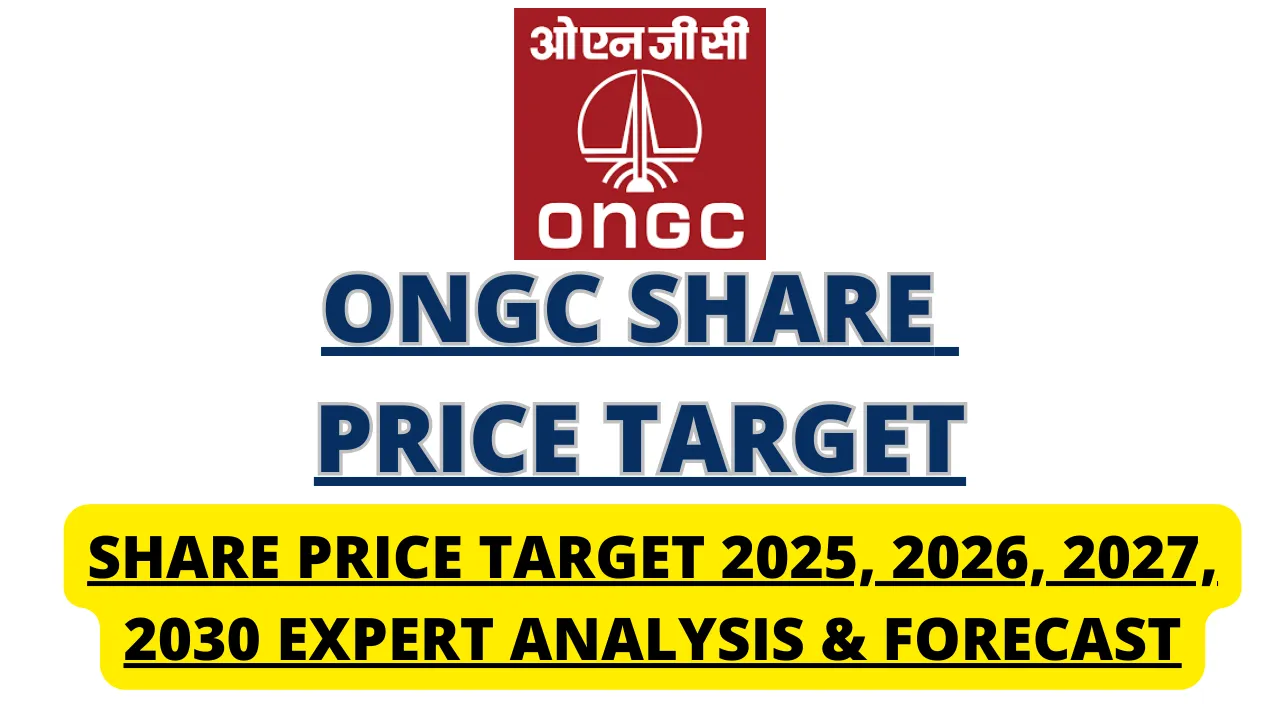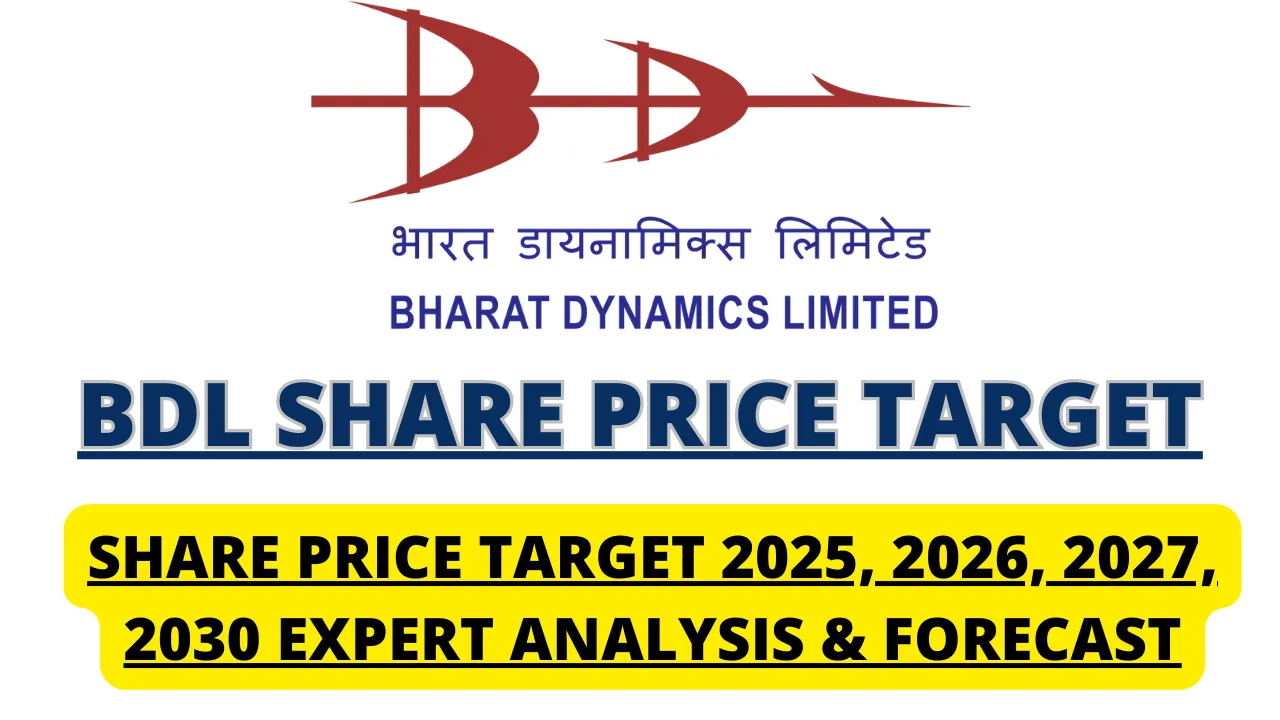TATA Motors Share Price Target 2025 to 2030; Tata Motors Ltd, part of the Tata Group, is India’s leading automotive manufacturer, encompassing passenger vehicles, commercial vehicles, and the luxury segment via Jaguar Land Rover (JLR). As of June 13, 2025, its shares are trading around ₹712, with a 52‑week range between ₹536–₹1,179. With a market cap of approximately ₹2.62 lakh crore, a P/E of 9.3×, ROE of ~19%, and ROCE of ~18%, the company reflects strong fundamentals and significant equity cushion ahead of its major catalysts.
External brokers offer varied near-term views: JM Financial sees upside to ₹815, ICICI Securities ₹775, and HDFC Securities a cautious outlook at ₹733 . Long-range strategic estimates put 2025 targets as high as ₹1,255 and 2030 targets up to ₹3,831.
TATA Motors Share Price Target 2025 to 2030
| Year | Min Target (₹) | Max Target (₹) |
|---|---|---|
| 2025 | 733 | 1,255 |
| 2026 | 900 | 1,569 |
| 2027 | 1,200 | 2,115 |
| 2028 | 1,500 | 2,356 |
| 2029 | 1,800 | 2,656 |
| 2030 | 2,100 | 3,831 |
TATA Motors Share Price Target 2025
In the near-term, target consensus lies between ₹733 and ₹815, with JM Financial bullish at ₹815 and HDFC Securities bearish at ₹733. Meanwhile, strategic analysts suggest upside to ₹1,255, assuming a rebound in global auto cycles, robust recovery at JLR, and traction in EV models like the Nexon.ev, Curvv.ev, and Harrier.ev.
Drivers:
- Luxury segment recovery post-pandemic
- EV adoption expanding market reach
- Affordable valuations (PE ~9× vs peers ~30–40×)
TATA Motors Share Price Target 2026
By 2026, stock could appreciate further to ₹900–₹1,569. Bulls expect JLR stabilization, ramp-up of domestic EV penetration, and upward repricing supported by EV product launches. A ₹1,569 target reflects ~40–45% CAGR from current levels .
TATA Motors Share Price Target 2027
The 2027 band accounts for continued momentum across segments—EV gains, stronger demand in commercial vehicles, and JLR’s gradual recovery. Upper range bets on Tata establishing dominance in Indian EVs and capturing global share via JLR’s product realignment .
TATA Motors Share Price Target 2028
By 2028, Tata could trade between ₹1,500 and ₹2,356. Forecasts assume successful EV scale-up, efficient product refresh cycles, deeper value creation from Tata Motors’ improved leverage and margin expansion .
TATA Motors Share Price Target 2029
Entering 2029, the target range anticipates full EV portfolio rollout, market leadership in commercial and passenger segments, and growth in aftermarket and financing arms. The ₹2,656 ceiling aligns Tata Motors with emerging global peers in auto-technology convergence .
TATA Motors Share Price Target 2030
Long-term, reaching ₹2,100–₹3,831 targets is feasible if the company consolidates its leadership in EVs, JLR posts strong turnaround, and core businesses sustain recovery. The ₹3,831 level mirrors peak market optimism in auto sector transformation .
TATA Motors Strategic Growth Drivers
- Luxury & Global Play
Recovery at Jaguar Land Rover is pivotal—improved product cycle and cost rationalization can fuel earnings. - EV Pipeline
Strong momentum across domestic EV models; expanding into international markets and building charging infrastructure. - Commercial Vehicles (CVs)
CV market recovery tied to infrastructure boost supports volume resilience. - Valuation Turnaround
Current PE ~9× offers substantial upside if earnings normalize. - Technological Integration
Software-defined vehicles and connected platforms offer ancillary revenue streams. - Group Synergies
Leveraging Tata Group’s scale across supply chain and tech improves margins.
TATA Motors Risks & Headwinds
- Macro Slowdown
Weak global/OEM demand and raw material price spikes can hurt earnings. - JLR Volatility
Luxury segment remains cyclical and sensitive to currency and consumer trends. - EV Transition Execution
High capex and adoption risk; weaker-than-expected trends could delay returns. - Regulatory Shifts
Emission norms and auto policy changes could impact cost and margin dynamics.
TATA Motors Investment Conclusion
Tata Motors is at an inflection point. Near-term upside is tempered, but mid-to-long term projections offer compelling upside. Current valuations reflect caution, but unlocking EV leadership, JLR recovery, and CV resilience could re-rate the stock significantly.
TATA Motors Strategy for investors:
- Conservative: Trailing HDFC’s ₹733 (₹), use dips as entry points
- Moderate: Banks on EV stories with ₹815–₹1,255 upside
- Aggressive: Bets on full transformation at ₹2,000+ levels
Why does Tata Motors trade at low PE vs peers?
Its earnings volatility and high debt weighed on multiples (~9× vs global peers ~30×)
What drives EV adoption?
Demand for electrified vehicles (Curvv.ev, Harrier.ev) and scaling charging infrastructure.
